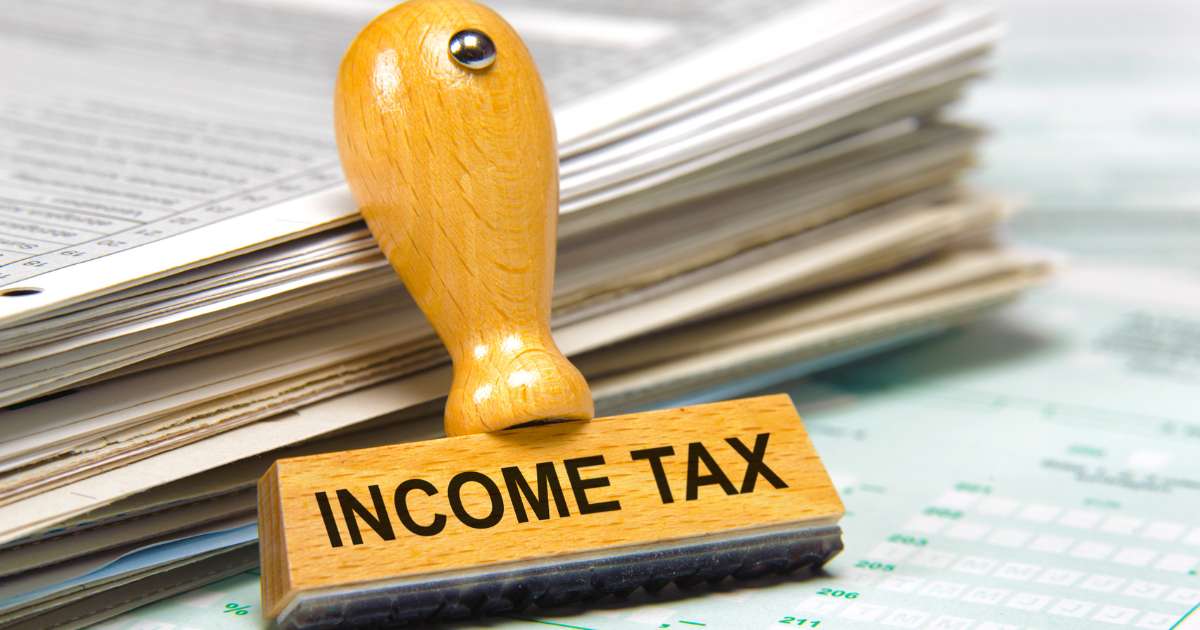Income tax preparation is an essential task that every individual or business owner needs to undertake. It involves calculating and filing tax returns, which can be a daunting task for many people. However, with the right knowledge and tools, anyone can become proficient in income tax preparation. In this article, we will cover the basics of income tax preparation and help you get started with filing your taxes.
Understanding the Income Tax System
The first step in income tax preparation is to understand the income tax system. The United States has a progressive tax system, which means that the more money you earn, the higher percentage of your income you pay in taxes. The tax rate you pay is determined by your taxable income, which is the total amount of income you earn in a year minus any deductions or exemptions you are eligible for.
The tax code is also divided into different tax brackets. Each tax bracket has a different tax rate, and your income falls into one of these brackets based on your taxable income. For example, if you earn $50,000 in a year, your taxable income might fall into the 22% tax bracket, which means that you will pay 22% of your taxable income in taxes.
Gathering Your Income Information
Once you understand the basics of the income tax system, the next step in income tax preparation is to gather all your income information. This includes your W-2 forms from your employer, any 1099 forms you received for freelance or contract work, and any other income you earned during the year.
You should also gather any receipts or documentation for deductions or exemptions you plan to claim. These might include charitable donations, medical expenses, and education expenses. Make sure to keep all of this information organized and easily accessible so that you can refer to it when preparing your tax return.
Calculating Your Taxable Income
After you have gathered all your income information, the next step is to calculate your taxable income. This is done by subtracting any deductions or exemptions you are eligible for from your total income.
Some common deductions and exemptions include:
- Standard deduction: This is a flat deduction that varies based on your filing status. For the tax year 2023, the standard deduction is $12,950 for single filers, $25,900 for married couples filing jointly, and $18,650 for head of household filers.
- Itemized deductions: If your total deductions exceed the standard deduction, you can choose to itemize your deductions instead. Itemized deductions might include things like mortgage interest, state and local taxes, and charitable donations.
- Personal exemptions: Personal exemptions were eliminated starting in the 2018 tax year, but they were replaced by an increase in the standard deduction.
Once you have calculated your taxable income, you can determine which tax bracket you fall into and calculate your tax liability using the tax tables provided by the IRS.
Filing Your Tax Return
The final step in income tax preparation is to file your tax return. You can file your tax return either electronically or by mail. If you choose to file electronically, you can use tax preparation software like TurboTax or H&R Block to guide you through the process. These programs will walk you through each step of the process and help you identify any deductions or exemptions you might have missed.
If you choose to file by mail, you will need to fill out the appropriate tax forms and mail them to the IRS. Make sure to double-check your calculations and include any necessary documentation, like W-2 forms or receipts for deductions.
It’s important to note that the deadline for filing your tax return is April 15th, unless you file for an extension. If you need more time to file your return, you can request an extension by filing Form 4868. This will give you an additional six months to file your return, but it does not give you an extension on paying any taxes owed. You will still need to estimate and pay any taxes owed by April 15th to avoid penalties and interest charges.
Tips for Successful Income Tax Preparation
Income tax preparation can be a complex and overwhelming task, but there are several tips you can follow to make the process smoother and more successful:
- Stay organized: Keep all your income information and tax documents organized and easily accessible. This will help you avoid missing any important information or deductions.
- Use tax preparation software: Tax preparation software can guide you through the process and help you identify any deductions or exemptions you might have missed.
- Double-check your calculations: Make sure to double-check all your calculations to avoid errors and potential penalties.
- Consider hiring a professional: If you have a more complex tax situation, like owning a business or multiple rental properties, consider hiring a professional tax preparer to help you navigate the process.
- Stay up to date on tax laws: Tax laws and regulations change frequently, so it’s important to stay informed on any updates or changes that might affect your tax return.
Conclusion
Income tax preparation is an important task that every individual and business owner needs to undertake. By understanding the income tax system, gathering your income information, calculating your taxable income, and filing your tax return, you can ensure a successful tax season. Remember to stay organized, double-check your calculations, and consider hiring a professional if necessary. With the right knowledge and tools, income tax preparation can be a manageable and stress-free process.

